hypermobility in babies nhs
Hypermobility is commonly seen in young children. Most children are flexible but some more so than others.

How Hypermobility And Low Muscle Tone Affect Your Baby S Development Skills For Action
Aches and pains are common in children with hypermobile joints.

. Between 25-50 of children under 10 are considered hypermobile. Hypermobility exercises for under 5s August 2019 Page 1 of 3 Patient information to be issued by physiotherapists Hypermobility in children Under 5s This leaflet is for children who have hypermobility in their joints. This can occur with just a couple of joints or all joints.
Localised single area affected and often acquired following trauma joint disease or surgery. Most children will get less flexible as they. In general hypermobility should be considered a connective tissue advantage.
4 points hypermobility likely. In most cases hypermobility peaks at the age of five. Symptoms of Ehlers-Danlos syndromes EDS There are several types of EDS that may share some symptoms.
Hypermobility isnt an illness or a disease and as such cant be cured. It covers exercises for strengthening your childs legs arms and core muscles to help. These are as a result of muscle fatigue.
Most children will get less flexible as they get older and should improve as the childs strength and co-ordination develop. An increased range of joint movement joint hypermobility stretchy skin. Management of hypermobility should generally be in Primary Care.
Fragile skin that breaks or bruises easily. Hypermobility often improves with age. Advice for hypermobility oxleasnhsuk Children with hypermobile joints have too much movement in their joints.
Hypermobility Information for parents carers and schools PDF 158kb Joint hypermobility syndrome can run in families and it cannot be prevented. While standing put hands flat on floor while knees stay straight. Children should be encouraged to maintain a normal level of activity including playing any sports they are interested in.
Usually the joints are loose and stretchy because the ligaments that should make them stronger and support them are weak. Most children are flexible but some more so than others. It is considered a normal finding by medical professionals.
With hypermobility ligaments are relaxed and the joints they support are more flexible and move easily beyond the normal range expected for that joint. Hypermobility in children Under 5s. Joint hypermobility is thought to be very common particularly in children and young people.
It can occur in one or more joints and can range in severity. If the sensitivity to stretch is very low the muscles are slow to respond and they appear to be weak and floppy. The ligaments that offer stability are more lax and therefore cause increased flexibility.
Ligaments offer stability to joints and in hypermobility ligaments are lax and joints have more flexibility. Generalised affects more than 5 joints in more than one limb. This is a normal finding and very common in children.
You can discuss pain relieving medications with your GP as often many may not work efficiently. Using this leaflet. It affects 7 10 of school age children in the UK.
There is a normal variance in the population. A warm bath or heat pack may help relieve pain symptoms. It is sometimes referred to as being double jointed and is quite common about 1 in 10 people are hypermobile.
These problems mainly affect children and young adolescents with extra-flexible hypermobile joints who develop pain on exercise which persists when they rest. Hypermobility is commonly seen in young children. The term muscle tone refers to the muscles readiness for action.
Hypermobility is a description of joint movement. But when hypermobility causes pain it. This leaflet is for children who have hypermobility in their joints.
4 points and pain in 4 or more joints for at least 3 months joint hypermobility syndrome likely. A joint is the place on the body where two bones meet. Its just the way someone is made and often runs in families.
All joints have a cavity containing a small amount of fluid which allows movement to happen. Hypermobility is a condition in which you have more movement in your joints. Download the Alder Hey Childrens NHS Foundation Trusts leaflet.
This readiness for action depends on the sensitivity of the stretch receptors in the muscles. It is common in the general population of children and young adults. Assessing and managing this condition in children and young people requires specialist knowledge since for all the extra-articular symptoms including abdominal involvement headaches fatigue etc.
When you have joint hypermobility it means your joints are more flexible than in other people. It covers exercises for strengthening your childs legs arms and core muscles to help support their hypermobile joints. The Hypermobility Syndromes Association is here to support everyone with symptomatic hypermobility whatever the cause however mildly or severely they may be affected and whether or not they are diagnosed.
Infants who appear to be floppy and have hypermobile joints are often given a diagnosis of low muscle tone. A doctor will also use more detailed criteria to help their diagnosis. How common is hypermobility.
Hypermobility may affect just one joint or many joints. Anyone who has symptoms as a result of having hypermobile joints but who does not have all the features of Ehlers-Danlos syndrome has a hypermobility spectrum disorder. In the majority of children this will become less as they get older but a small percentage will remain very flexible.
Someone can be described as Hypermobile when they are more flexible than the average person. This reason the preferred term to use is Joint Hypermobility Syndrome JHS. For some the condition is relatively mild while for others their.
With a holistic solution-focused approach to living well with a hypermobility syndrome our expert patients volunteers and medical advisory board provide. The older you are the less likely it is you will be hypermobile. A small number of children will remain flexible and it.
Hyper means more and mobility means movement. It is not an illness or disease and is a normal variation. Try not to focus on pain and distract your child from dwelling on it.
It is not an illness or a disease just the way someone is put together. Hypermobility refers to an increased range of movement in multiple joints for their age. Hypermobility literally means more movement.
This is more common if their parents are still very flexible. Families should be aware that its main risk comes from preventing children to live normal lives. EDS can affect people in different ways.
Generally children are flexible some more than others. Prevalence of hypermobility varies greatly depending on the literature. Keeping active and strong is important and helps reduce joint pain as fitness and balance improve over time.
In many cases the joints become stiffer with age although joint hypermobility and its associated symptoms can continue into adult life. Joint hypermobility in babies and children is even more common and usually causes no problems. Some estimates suggest that around one in every five people in the UK may have hypermobile joints.
It is extremely common in children having being reported in 25 to 50 of those younger than 10 years of age. This leaflet is intended to be used in conjunction with the APCP symptomatic hypermobility.
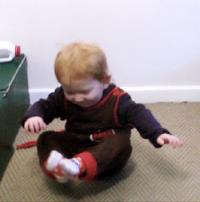
How Hypermobility And Low Muscle Tone Affect Your Baby S Development Skills For Action

What Is Hypermobility In Babies Children Young Adults Therapy Stars

How Hypermobility And Low Muscle Tone Affect Your Baby S Development Skills For Action
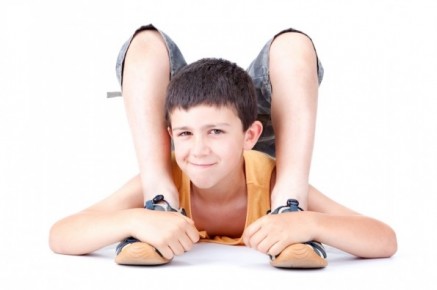
York And Scarborough Teaching Hospitals Nhs Foundation Trust Symptomatic Hypermobility

Is There A Happy Ending For Children With Hypermobility Double Jointed

What Is Hypermobility In Babies Children Young Adults Therapy Stars

How To Recognise Joint Hypermobility In Your Child My Strong Little Body
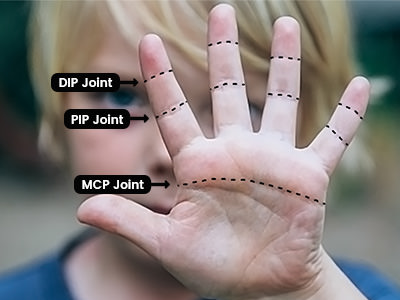
Is There A Happy Ending For Children With Hypermobility Double Jointed
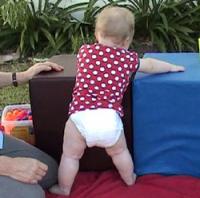
How Hypermobility And Low Muscle Tone Affect Your Baby S Development Skills For Action

Joint Hypermobility In Babies And Children Emma S Diary
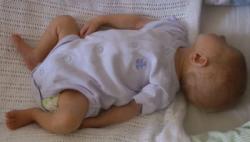
How Hypermobility And Low Muscle Tone Affect Your Baby S Development Skills For Action

Hypermobility Syndrome Therapies For Kids

How Hypermobility And Low Muscle Tone Affect Your Baby S Development Skills For Action

Joint Hypermobility Information For Children And Young People Cuh

How Hypermobility And Low Muscle Tone Affect Your Baby S Development Skills For Action